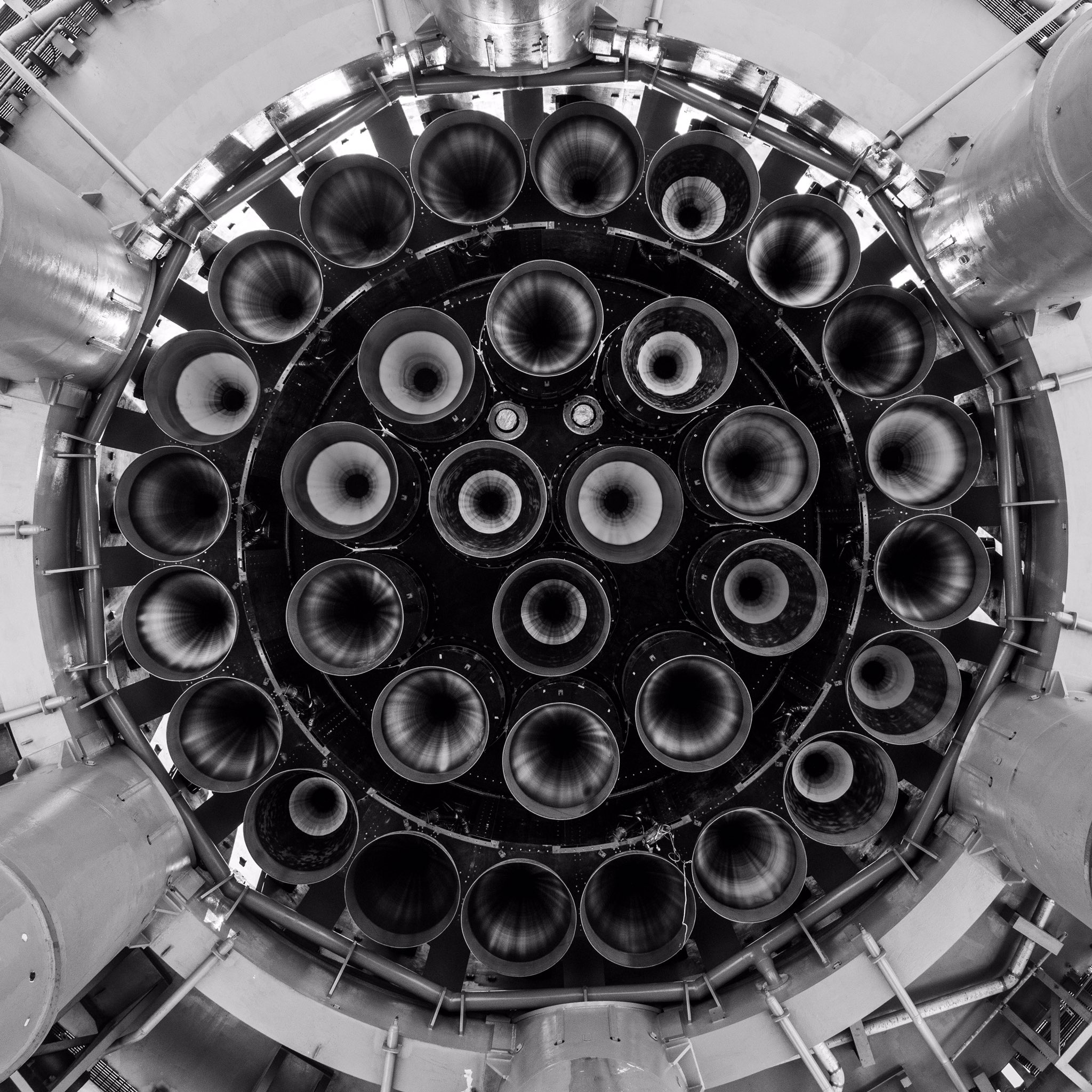Why does SpaceX use methane as a propellant in Raptor engines instead of RP-1 like Falcon 9?

Rocket Fuel Revolution: Why SpaceX Chooses Methane for Raptor Engines 🌌
Hello, space enthusiasts! 🌟 Have you ever wondered why SpaceX decided to use methane as a propellant for its Raptor engines instead of RP-1, the highly refined kerosene used in the Falcon 9? The choice is not just a random preference; it’s rooted in a combination of performance, sustainability, and future mission capabilities. Let’s break it down!
Firstly, let’s talk about performance. The Raptor engines utilize a unique full-flow staged combustion cycle, which allows them to achieve significantly higher performance metrics compared to traditional engines. While RP-1 and liquid oxygen (LOX) combinations provide a specific impulse of around 300 seconds, methane and LOX can achieve specific impulses in the range of 320 to 330 seconds, which translates into more efficient propulsion. 🚀 Higher efficiency means that Raptor engines can deliver more payload to orbit without requiring additional fuel – a crucial factor for ambitious missions to Mars and beyond.
In addition, methane's properties make it more suitable for deep-space operations. Unlike RP-1, methane is less viscous, making it easier to pump and handle at cryogenic temperatures. This means that Raptor engines can operate effectively in vacuum conditions, which is essential during interplanetary travel. 🌍
Another significant factor is sustainability. SpaceX is keen on developing technology that could be used for long-term missions to Mars. Methane can potentially be produced on Mars using local resources through processes like the Sabatier reaction, which combines atmospheric CO2 with hydrogen obtained from water ice to create methane and water. This approach would pave the way for a more sustainable way to fuel rockets for return trips to Earth, making long-term colonization missions more feasible. 🌌
Let’s not forget the safety aspect. Methane is less toxic and more stable compared to RP-1, which can pose health risks during handling. Methane spills are also less of an environmental hazard, a consideration on a planet like Mars where preserving the environment is paramount for future human inhabitants. Safety in a mission-oriented repertoire adds another layer of reliability to the Raptor engine system.
Moreover, the manufacturing and maintenance aspects cannot be overlooked. Methane engines typically require less maintenance due to reduced soot accumulation compared to RP-1 engines, which can suffer from coking issues. This means that Raptor engines are not only more effective but also less expensive to operate over time, which translates into cost savings for SpaceX and its customers. 💰
In summary, SpaceX's shift to methane in Raptor engines is driven by performance, sustainability, and operational efficiency—crucial factors for ambitious missions to the Moon, Mars, and beyond. As SpaceX continues to push the boundaries of space travel, methane could very well be the fuel of the future!
#SpaceX #RaptorEngines #Methane #RocketFuel #MarsMission #Sustainability #SpaceExploration #Innovation
image credit: SpaceX
Humanize